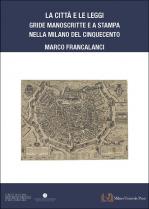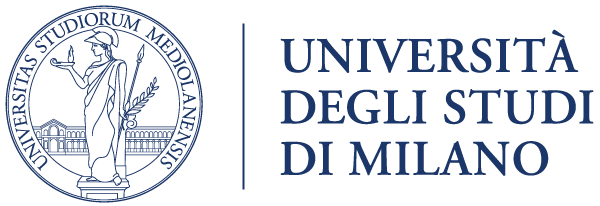Milano University Press
La città e le leggi. Gride manoscritte e a stampa nella Milano del Cinquecento
Keywords:
History of the book, Duchy of Milan, Renaissance, Printing, Orality, WritingSynopsis
In the early-modern age, edicts were among the documents most frequently used by institutions to communicate rules and laws to the people. Their circulation was entrusted to the town criers, whose read out these documents before the public and affixed copies in the most representative and crowded places of the cities. Thus, a very large number of edicts were able to be produced throughout Europe to make the latest provisions known and observed. The book examines both manuscript and typographic products, aiming to analyze their social functions and importance in the society of the period.
An appendix to the volume includes a census of the edicts printed in Milan in the sixteenth century and a census of the town criers active in the city.
This book sets out to examine some of the characteristics of the edicts found in 16th-century Milan and to shed light on the main channels through which they were disseminated, identify the actors involved in the production of these documents and the means of their production. The study takes into consideration equally manuscript and typographic production, attempting to demonstrate the social functions of these documents and their importance to the society of the period.
To enrich the volume, a census of Milanese typographic edicts produced in the 16th century is offered as an appendix.
Downloads

Published
License

This work is licensed under a Creative Commons Attribution-ShareAlike 4.0 International License.





